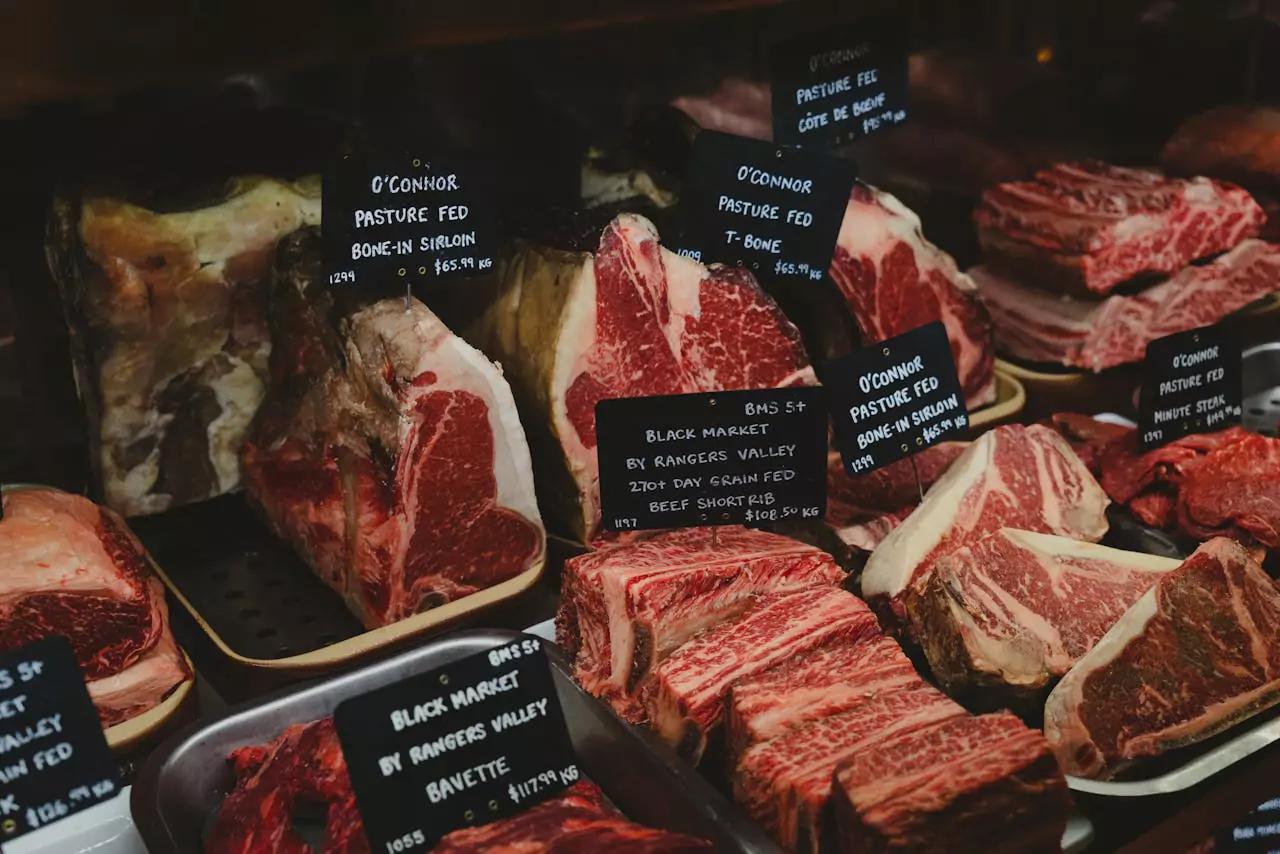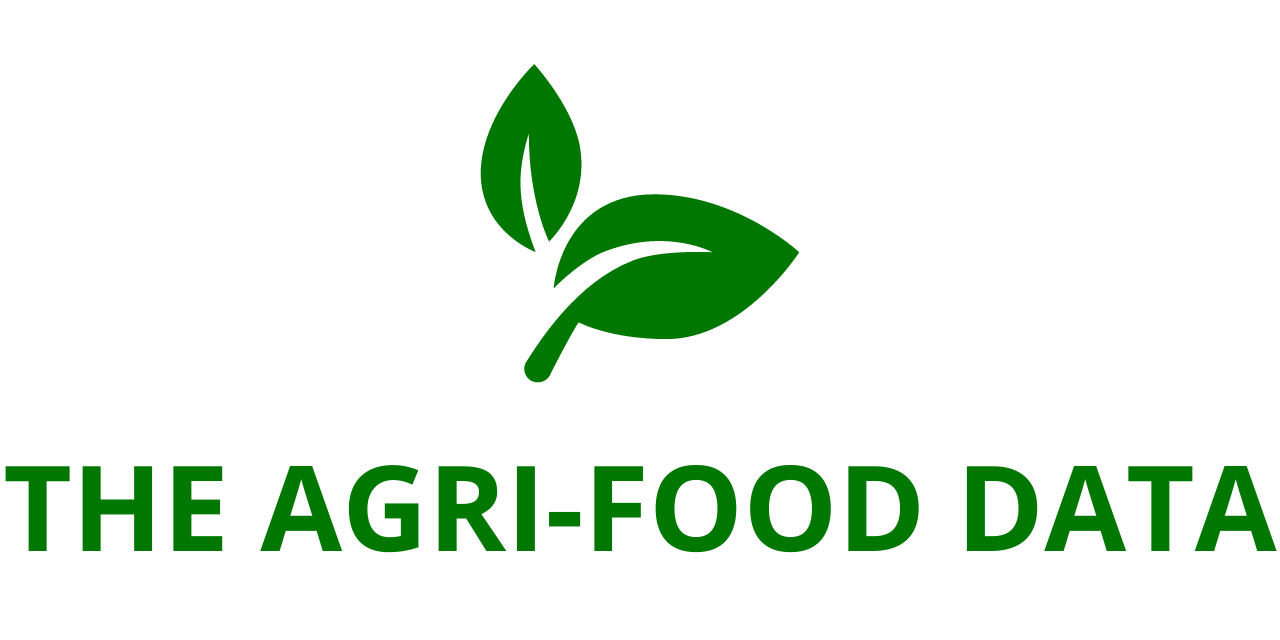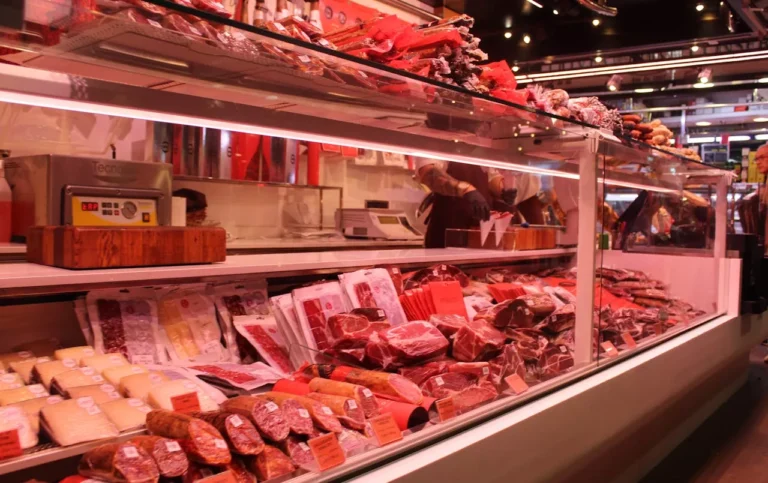
A recent report titled “United States Processed Meat Market Size and Share Analysis – Growth Trends and Forecast Report 2025–2033” has been added to ResearchAndMarkets.com’s extensive portfolio. According to the report, the United States processed meat market is projected to grow from USD 117.9 billion in 2024 to USD 168.5 billion by 2033. This growth represents a compound annual growth rate (CAGR) of 4.05% between 2025 and 2033.
This market’s growth is propelled by a combination of factors, including consumer demand for convenience, affordability, and enhanced taste, along with innovation in product offerings. Moreover, the continued popularity of clean-label and all-natural processed meat products—such as those labeled low-sodium, low-fat, low-calorie, free of MSG, and free of artificial preservatives—is reshaping consumer choices and boosting overall market value.
Market Overview and Consumption Trends
Processed meat products are widely consumed in both institutional and retail settings. Retail sales, in particular, benefit from the rise of modern distribution channels such as supermarkets, hypermarkets, and online platforms. These channels not only ensure wide product availability but also enhance consumer access to a variety of processed meat options.
The food service sector, especially the HoReCa segment (Hotels, Restaurants, and Cafés), plays a vital role in supporting demand. Quick-service restaurants, fast-casual chains, and food delivery services often rely heavily on processed meat items such as deli meats, bacon, ham, and sausages, incorporating them into various menu items. Their ease of preparation, long shelf life, and consistent taste make them ideal for large-scale culinary operations.
U.S. Meat Production and Regional Insights
The United States remains one of the world’s largest producers of beef, accounting for nearly 30% of global output in 2022. That year, beef production in the country reached 28.4 billion pounds, marking an increase of 354.9 million pounds from the previous year. Key beef-producing states include Texas, Missouri, Oklahoma, and Ohio. Notably, Ohio processed approximately 2.9 million cattle in 2022, achieving a 2% production increase over 2021.
This strong domestic supply underpins the steady growth of the processed meat sector. Producers use advanced, technology-driven strategies to create protein-rich, vitamin- and mineral-fortified processed meats by supplementing forage-based animal diets. Such approaches help ensure high-quality meat while supporting sustainability goals.
In line with strategic expansion efforts, Cargill Inc., one of the nation’s major agribusinesses, acquired two meat processing facilities from long-time partner Ahold Delhaize USA in February 2024. The move is aimed at scaling up production and enhancing supply chain responsiveness, especially in the Northeastern United States, with a focus on supermarket-case-ready pork and beef.
Key Market Growth Drivers
1. Growing Consumer Demand for Convenience
The demand for ready-to-eat and ready-to-cook meat products is growing rapidly due to the busy lifestyles of modern consumers. Items like cold cuts, sausages, and deli meats are favored for their time-saving benefits and minimal preparation requirements. This shift in consumer habits has led to increased sales of frozen and chilled processed meats, especially among working professionals and families looking for quick meal solutions.
The proliferation of microwave-ready meals, meal kits, and grab-and-go snacks featuring processed meats has further boosted retail growth. These trends are strongly supported by improved packaging technologies, which extend product shelf life without compromising taste or safety.
2. Rising Disposable Income and Premiumization
With increasing disposable incomes, U.S. consumers are gravitating toward premium, value-added processed meats. Products labeled organic, grass-fed, hormone-free, or gourmet are gaining popularity among health-conscious and environmentally aware buyers. These products are often perceived as more sustainable, nutritious, and ethically produced.
The premiumization trend has opened new opportunities for niche offerings such as artisanal sausages, specialty cured meats, and regional delicacies. As consumers become more adventurous and discerning, they are more willing to experiment with novel flavor profiles and high-end meat varieties.

3. Food Service Sector Expansion
The robust growth of the food service industry, particularly in fast food and casual dining segments, has had a positive impact on the processed meat market. Processed meats are integral to many staple food items like burgers, wraps, and breakfast sandwiches. Their uniform quality and easy handling make them ideal for quick preparation in commercial kitchens.
Furthermore, the surge in demand for food delivery and takeout services, accelerated by the post-pandemic shift in dining habits, has increased the reliance on processed meats. Restaurants and cloud kitchens prefer products that offer consistency, scalability, and cost-effectiveness—all characteristics found in processed meat.
Challenges Facing the Market
1. Intensified Market Competition and the Rise of Plant-Based Alternatives
One of the most significant challenges facing the U.S. processed meat industry is the growing popularity of plant-based meat alternatives. These products, often made from soy, pea protein, or mushrooms, cater to consumers seeking healthier, more sustainable dietary options. Rising awareness of the health risks associated with processed meats—such as high levels of sodium, fat, and preservatives—has driven some consumers to opt for plant-based substitutes.
As a result, traditional meat processors face increasing pressure to innovate. Companies are now investing in reformulated products with cleaner labels, fewer additives, and more transparent sourcing. Diversification into hybrid or plant-enhanced meat offerings is also being explored by forward-thinking brands to maintain competitiveness.
Key Market Segments and Opportunities
1. Beef Leads the Pack
Beef continues to be the dominant meat type in the U.S. processed meat industry. Known for its rich flavor, versatility, and cultural familiarity, beef is extensively used in products like sausages, hot dogs, meatballs, and cold cuts. Its established supply chain infrastructure and consumer loyalty reinforce its stronghold in the market.
2. Chilled Processed Meats Gain Popularity
Among product types, chilled processed meats are poised to capture the largest market share. These products strike a balance between freshness and convenience, often involving minimal processing to preserve natural flavor and texture. The growing availability of refrigeration infrastructure across retail and food service sectors ensures consistent quality and wide accessibility.
3. Retail Channels: Hypermarkets and Supermarkets Take the Lead
Hypermarkets and supermarkets are the most dominant retail channels for processed meat sales in the United States. Their extensive networks, strategic locations, and ability to stock diverse product ranges make them ideal for reaching mass-market consumers. These stores also benefit from strong vendor relationships, in-store promotions, and private label offerings that attract cost-conscious shoppers.





